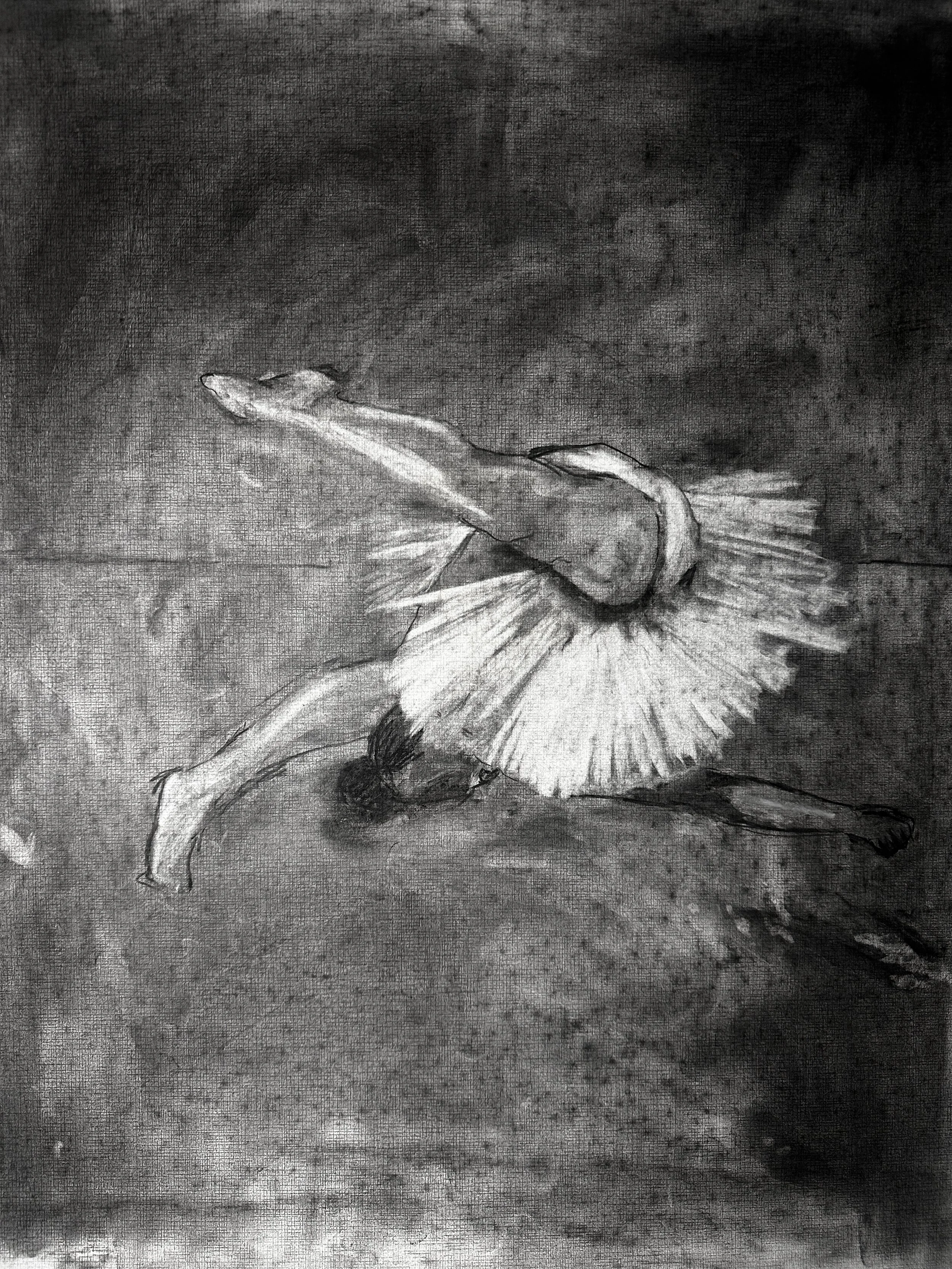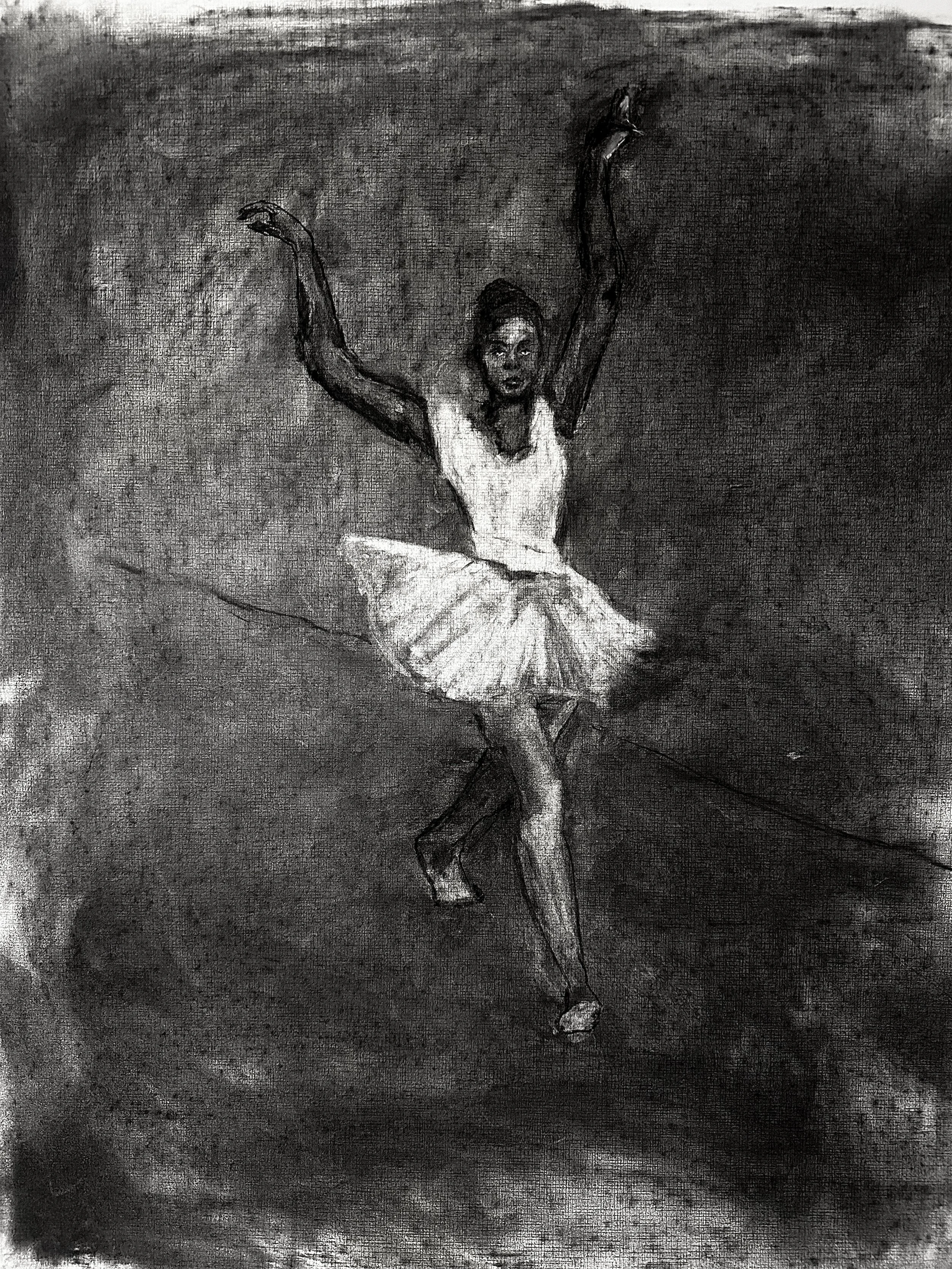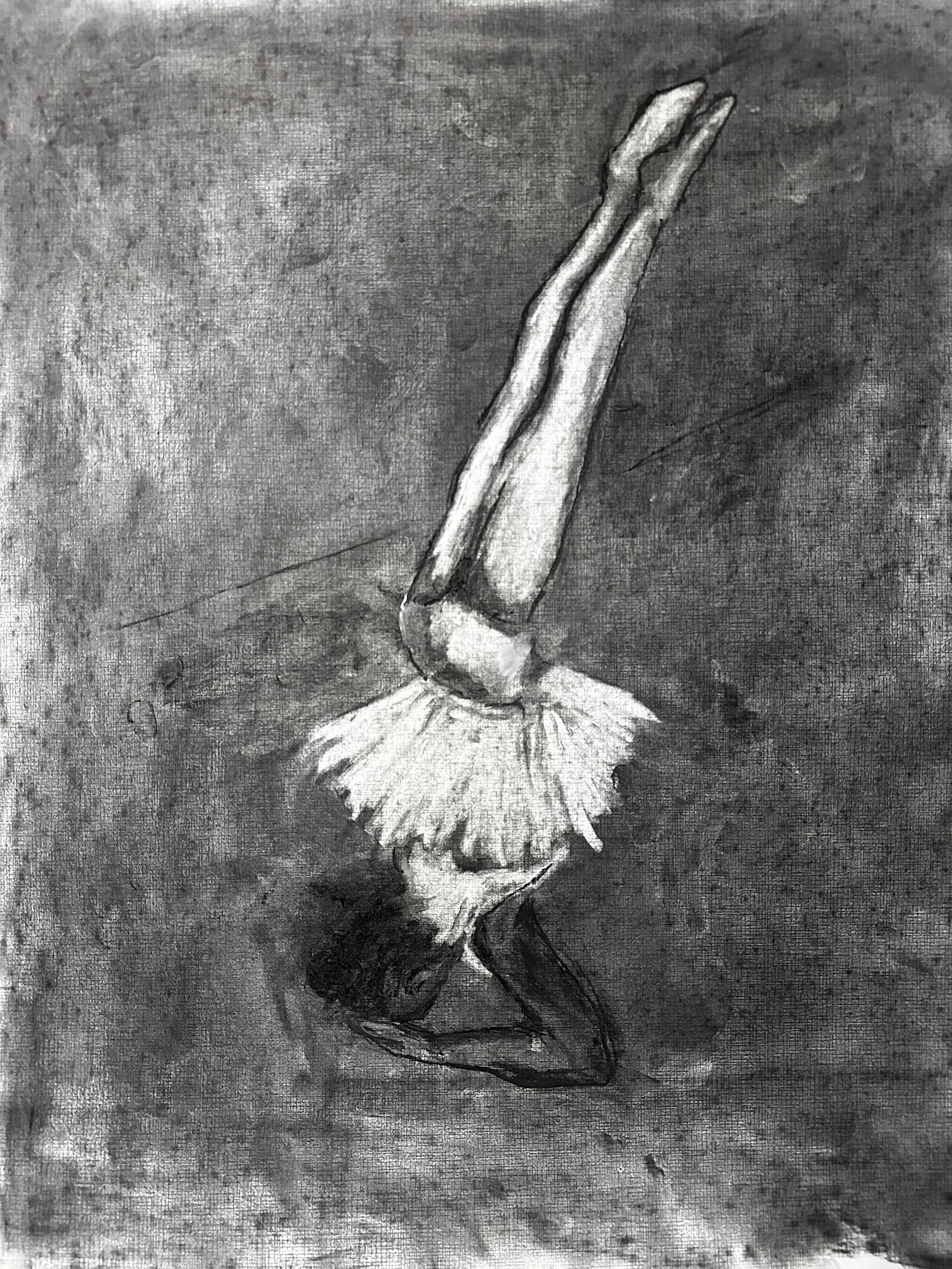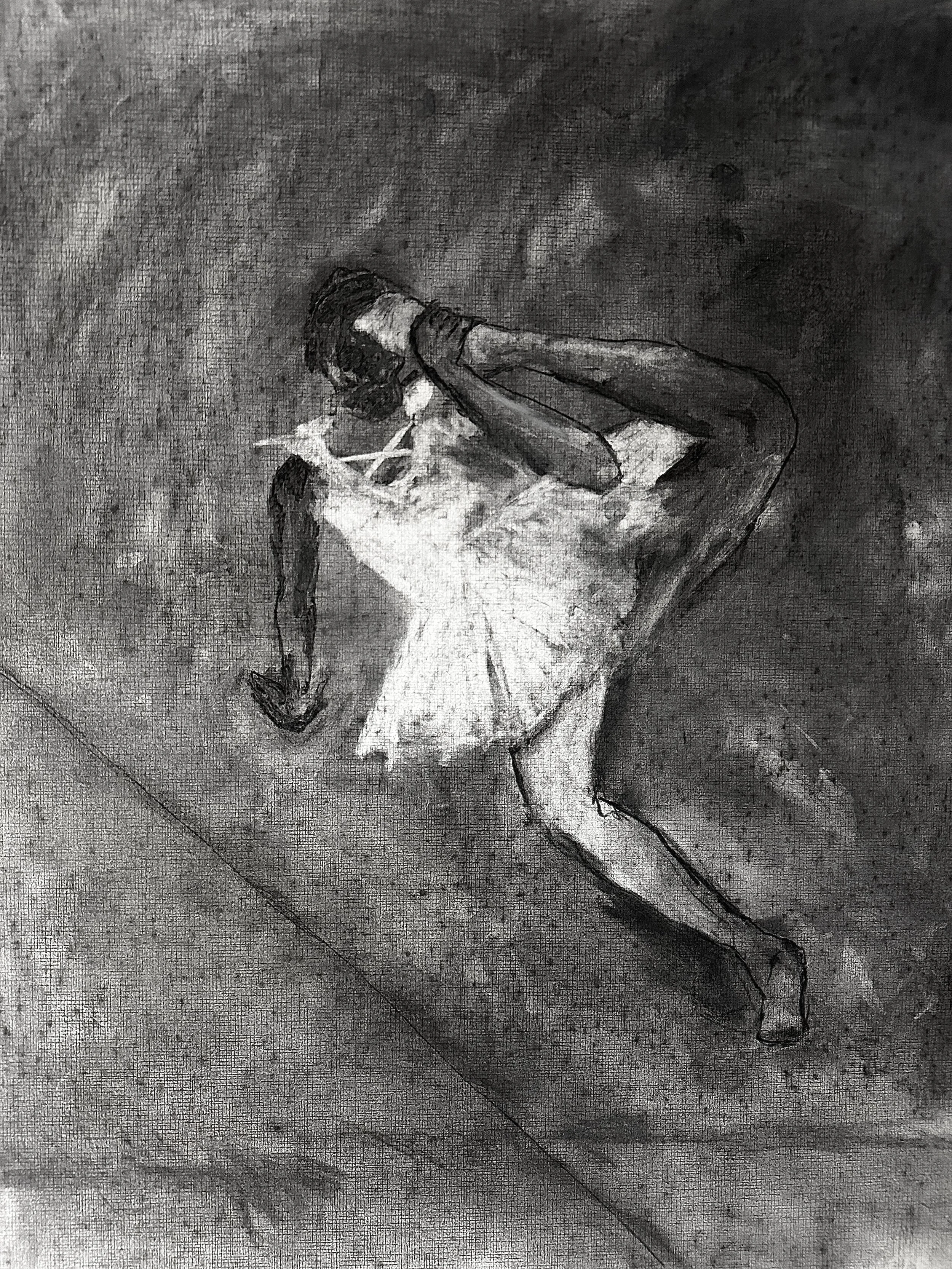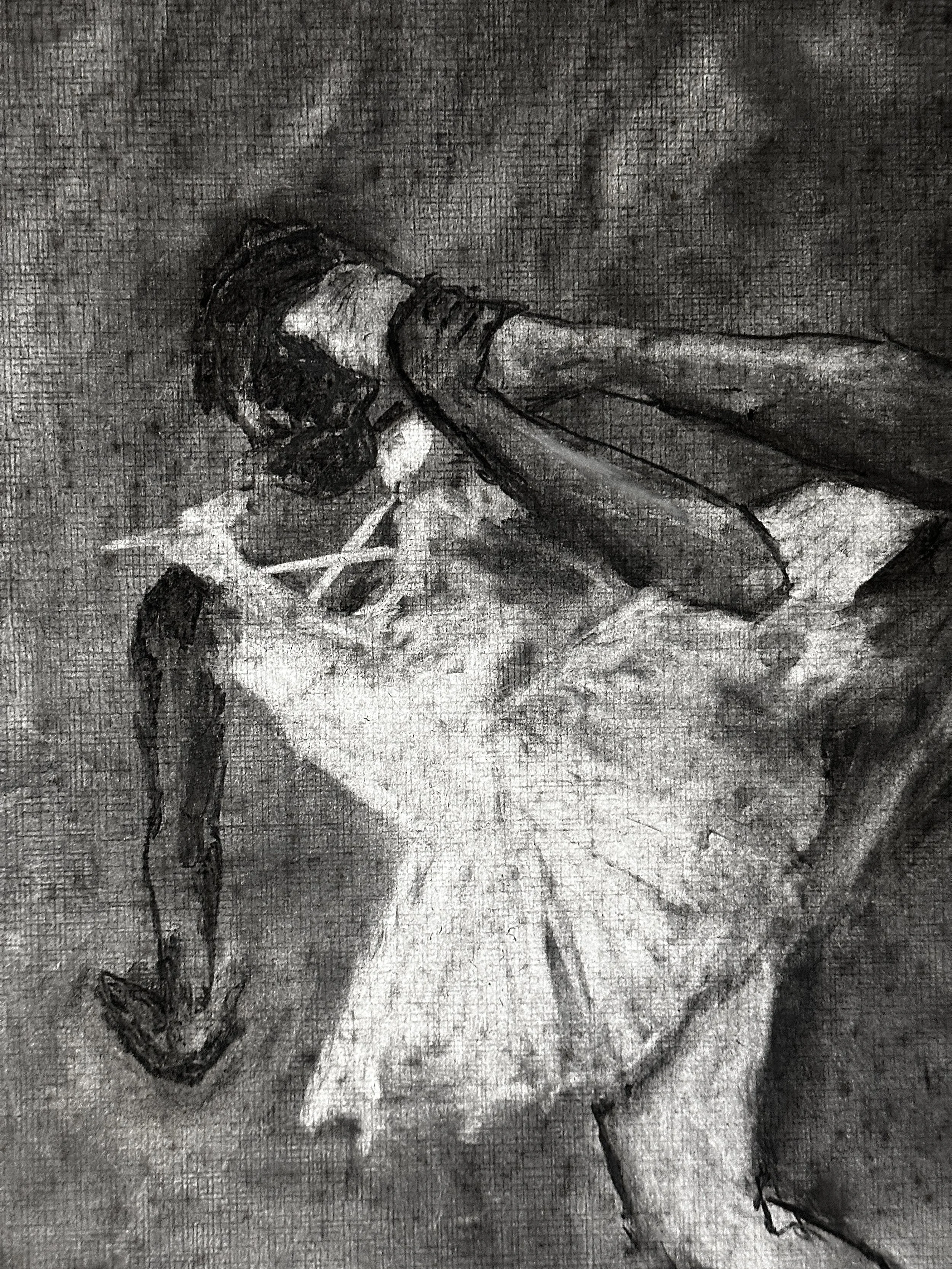Where does the weight lie?
How much is seen in looking, what is revealed and what is refused?
Where does the weight lie?
In Atilogwu dance the weight lies at the bottom of the pyramid. I was an Atilogwu dancer. A lot of pride came from weight and the ability to carry weight - the stability of foot. I didn’t desire to lunge or float across the floor as light as a feather. I wanted to hold my stance strong and present as if I was unshakable, as if you could feel my tension across the room. Weight was visible. There wasn’t a desirability for the illusion of weightlessness like in ballet; I could never quite connect to that. It seemed false as if I was denying my bodies instinct for firmness.
“The dancers perform vigorous body movements, an array of energy sapping moves, several rigorous training protocols, displays of acrobatic prowess and stunts. This dance is usually performed by agile youths who have been trained for years. Originally, the name ‘Atilogwu’ can be traced back to the time the dance was introduced. Spectators and onlookers were astonished at the skills and techniques showcased by the vibrant Atilogwu dancers which prompted them to ask themselves “is this magic?”.
‘Atilogwu’ literally means “is this magic?” when translated from the local dialect.”
Bright, O. N. (2018)
